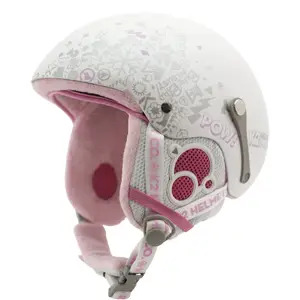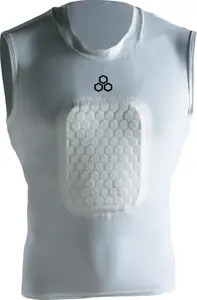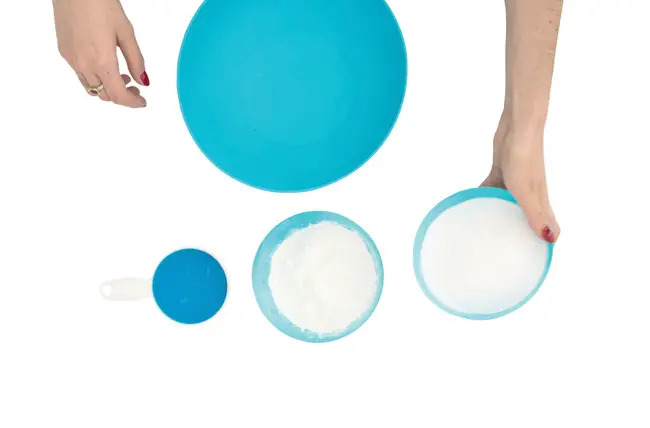All sports, whether contact-based or otherwise, harbor the potential for injury. Read on for tips on how to keep your little athlete safe on the field and out of the emergency room.
Health experts and parenting gurus love kids to play sports because sports teach children valuable lessons like teamwork and perseverance, help develop positive social skills, boost self-esteem, and promote healthy exercise habits. But, as the experts also warn parents, most sports can be quite dangerous for young athletes still learning to use their bodies. According to the Centers for Disease Control, 775,000 children under 14 are treated in emergency rooms across the country for sports-related injuries every year.
From inline skating to cheerleading, or baseball to volleyball, danger is inherent in every sport and can never be eliminated. With the proper protective gear, however, children can still participate in sports and other physical activities while dramatically decreasing their chances of sustaining serious injury. Here’s a brief guide for outfitting your little athlete.
 Head Gear
Head Gear
With almost half a million children under 14 visiting hospitals each year with traumatic brain injuries, adequate head protection has increasingly become a focus among leagues and parents. For children, the keys to a good helmet are comfort and fit, which are essential both to an athlete’s performance and for the helmet to function as it was designed. Helmets must fit over the head snugly without being too tight. If there is more than an inch of room in any direction, it’s too big and will not provide optimum protection. If it causes pain or serious discomfort, it is too small.
In the case of sports such as cycling, inline skating and skiing, where there isn’t necessarily a coach or referee to force a child to wear a helmet, comfort is paramount because children won’t wear an uncomfortable helmetz – and helmets do no good stashed away in the back of closets. So be firm but make it fun: nonpinch straps, and cool designs and colors; and, for snow sports, warm ear flaps and new head gear by brands like K2 and R.E.D. with audio speakers built in, reduce or eliminate common stigmas about helmets, making children more likely to wear them.
 Watch the Eyes
Watch the Eyes
A study by the Consumer Product Safety Commission reported over 42,000 sports and recreation related eye injuries in 2000, with over 40 percent occurring in children under 14, and according to the American Academy of Ophthalmology, wearing eye protection reduces the risk of injury by 90 percent.
Much like helmets, the kind of eye protection needed depends on the sport. For sports like boys’ lacrosse, hockey, baseball, softball, and football, specific wire cages and plastic face guards can be attached to helmets to provide all-around protection, as long as they fit onto the helmet easily and allow children with glasses to wear them safely. These cages spread out the force from impact while protecting the whole face and are mandated in almost all children’s leagues for these sports.
For sports where face cages are not customary, such as skiing, snowboarding, basketball, soccer, volleyball, or racquet sports, plastic goggles with three-millimeter polycarbonate lenses are recommended because they protect against significant force, but won’t shatter or splinter if they break. Prescription sports goggles are also available through popular brands like Rec Specs and can be worn in place of glasses for these sports as well as for sports requiring full face protection like football, as they may be more comfortable inside a helmet. Polycarbonate lenses also filter out harmful ultraviolet rays, protecting eyes from the sun for outdoor sports.
For girls’ lacrosse, special goggles with wire mesh are often used instead of the standard polycarbonate to prevent fogging and better protect the eyes from the force of a lacrosse ball. Be sure that all goggles meet the standards of either the American Society for Testing and Materials (ASTM) or the American National Standards Institute (ANSI).
Mouth Wear
While mouth guards are required for most high contact sports such as football, hockey, and lacrosse, the American Dental Association (ADA) recommends children playing any kind of contact sport, including soccer, basketball, or baseball, as well as sports with inherently high risks for facial injury such as gymnastics, cheerleading, or skating, wear mouth guards. The ADA also strongly recommends mouth guards for children with braces or other orthodontic work.
Mouth guards fall into three categories: ready-made guards, boil and bite guards, and custom-fit guards. The ready-made guards are the least expensive, but are not made to fit over a specific set of teeth, so they do not fit as well, and therefore do not protect as well. Boil-and-bite guards are slightly more expensive than the ready-made guards, but can still be purchased at most sporting goods stores. After boiling them in hot water to soften the plastic, the wearer bites down to create a unique guard that fits the wearer’s mouth. Custom made guards offer the best protection, but are significantly more expensive because they usually require a trip to the dentist for fitting.
Whatever a mouth guard costs, however, as long as it fits well, it will offer protection against potential injuries to the teeth, gums and jaw. In the words of the ADA: “The best mouth guard is one that is utilized.”
 Body Guards
Body Guards
Although the head gets most of the attention when it comes to sports safety, parents cannot forget to protect their little athletes’ bodies. Many sports require certain protective padding, such as hockey, football, field hockey, and lacrosse. As with all padding, relatively new equipment that fits comfortably is essential.
As a supplement to these pads, or as a form of protection for sports that do not require chest or thigh pads like basketball or snowboarding, athletic outfitters like McDavid are developing and selling compression shirts and compression shorts with light padding sewn in. Under Armour also has a line of padded compression wear for boys tailored to specific sports, with padding in areas of the body where injuries are common. The padding offers some protection against the bumps and bruises a child might sustain playing soccer or learning how to ski, but is light enough to not impede motion or flexibility.





















